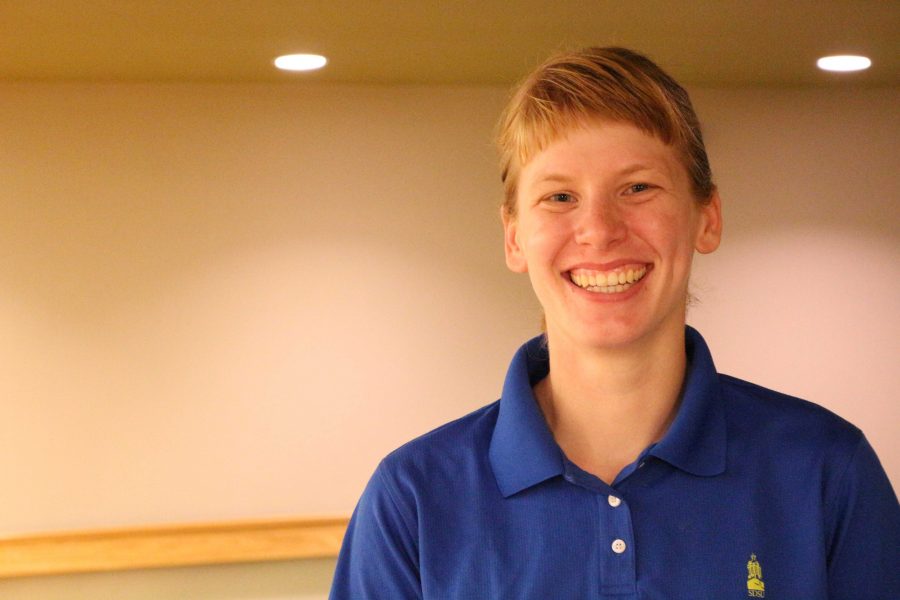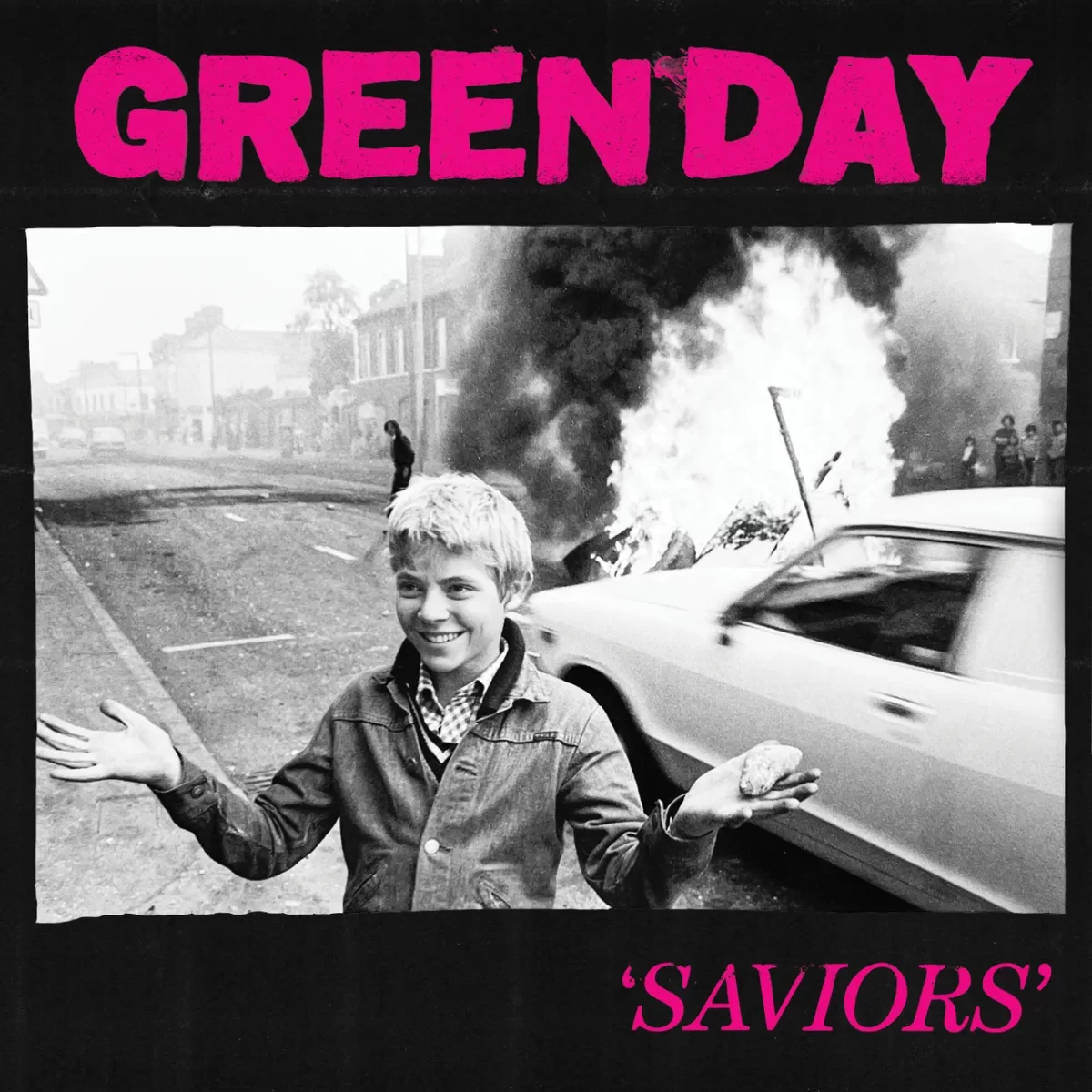According to National Geographic and the National Park Service, the average American uses 346 plastic bottles, 365 plastic bags and 584 plastic straws every year.
If you multiply that by each student, faculty and staff member on campus, that gives you around 5,053,676 plastic bottles, 5,331,190 plastic bags and 8,529,904 plastic straws used just at SDSU.
Plastics surround us every day. As I write this, I am typing on a plastic keyboard, have a plastic pen next to me and a plastic-cased cellphone in my pocket. Not to mention my plastic watch and plastic sunglasses. I even have plastic in my eyes for my contact lenses.
There is no denying plastics have enhanced our lives. Single-use plastics are particularly problematic considering they are only used once and often for only a few minutes.
In National Geographic’s June 2018 magazine and the United Nations’ “Environment Single-Use Plastics: A Road to Sustainability” report, there were enlightening and frightening facts shared regarding plastics.
Did you know that it is unknown how long it takes for plastics to degrade, but estimates range from 450 years to never? National Geographic puts this number into perspective, “If plastic had been invented when the Pilgrims sailed from Plymouth, England, to North America…their plastic trash would likely still be around…”
Because of its abundance and its longevity, in-tact plastic products affect our natural environment in a variety of ways including blocking waterways. In some countries, plastics create stagnant pools of water that are ideal for disease bearing bugs to breed in.
Wildlife is also severely impacted by plastics. Some become so entangled in it that they perish. Other wildlife eat the plastic mistaking it as real food. These animals then feel “full” but have not received the nutrients they need.
Plastics can also be broken into tiny pieces smaller than one-fifth of an inch and are considered microplastics. These plastics equally impact our ecosystems. Beaches can have microplastics intermixed with sand.
One beach in Hawaii has more microplastics than sand and many animals ingest the microplastics. Research is being conducted on if these plastic toxins are harmful to humans who eat animals who have ingested plastic.
All these facts can be frightening, but as the species that created the plastic problem, we can also fix it. Two of the simplest ways to ditch single use plastic is to use a reusable grocery bag and reusable water bottle.
Bring your own reusable utensils when you eat at fast food restaurants or potlucks. Many places sell them with a carrying case. When choosing between two products at a store, pick the one with less packaging. If plastic is unavoidable, be sure to properly dispose of it in the recycling bin.
From 10:30 a.m. to 1:30 p.m., Sept. 26 on the west side of The Union you can see sculptures made from the number of plastic bottles, bags and straws the average American uses.
Jennifer McLaughlin is the SDSU sustainability specialist and can be reached at [email protected].























Paola Stuparich • Feb 1, 2019 at 1:17 pm
Love this piece! Where can I find the sources?